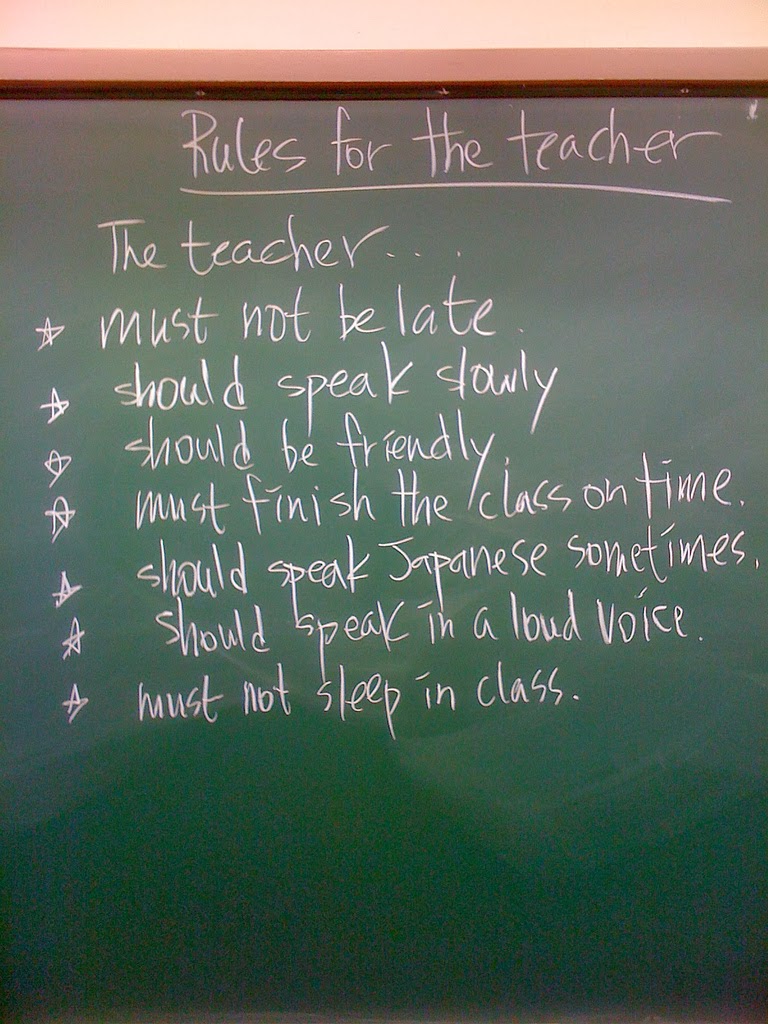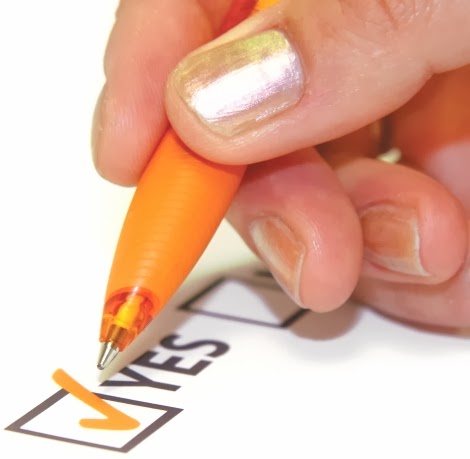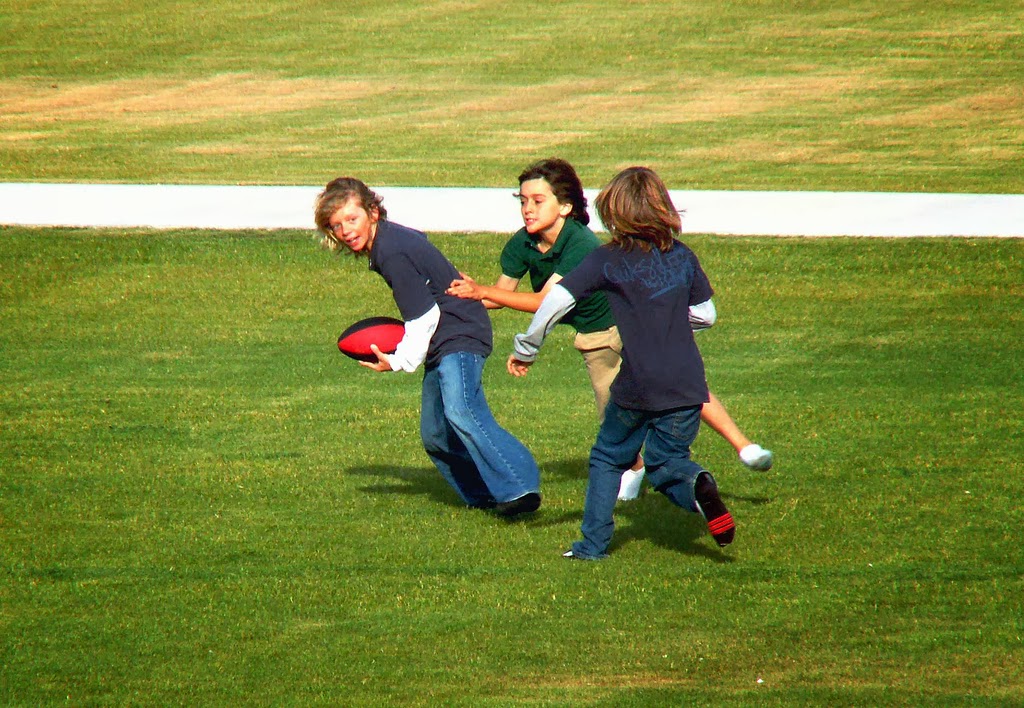Most Bible classes for children and teens last less than an hour, so the idea of having transitions and needing to manage them may not have occurred to you. In a Bible class setting, a transition is switching from one activity to another. So, for example, you have a transition to manage between your lesson and the activity. Other transitions in your class might be surrounding singing, praying and of course preparing to leave at the end of class.

If your class is engaging students in the learning process, they may not want to stop what they are doing to begin something new. Well managed transitions give them ample warning time to prepare to move on to the next activity. Children, in general, like routines and schedules because it makes them feel safer when they know what to expect. Managing transitions well can provide that feeling of security. Finally, children who have experienced trauma or who have certain special needs may even find transitions frightening or have a melt down when they aren’t given ample warning a change is coming soon. Giving them warnings about changes can lesson their feelings of stress and their reactions to it.
There are several creative ways to give your Bible students notice that you are about to change activities and/or locations during your class. Giving them advance warning is the best way to manage transitions so students aren’t necessarily upset by them. Here are some of our favorite ways to let students know you are ready to transition.
- Singing. Preschool classes are famous for the “clean up” song. Singing works just as well with older children or even teens. They may not sing along like the little ones, but it lets them know what is coming next or what they are expected to do. What if there isn’t a song that’s appropriate? Make up your own words to your favorite royalty free tune!
- Hour glasses/egg timers. These are great to help individual children who may need extra time to prepare for a change. Or find one for each table or a gigantic one the entire class can see.
- Verbal warning. Announcing that students have five minutes left for an activity and need to begin finishing what they are doing works great, but only if there is a clock that is visible or every student has a watch or phone. Otherwise, you will have to give updates as the time winds down (three minutes, one minute).
- Ringing a bell. Find unique bells to use. First bell ring is a warning to wrap things up. The second bell is to actually make the transition.
- Hand signal. Let students create their own unique hand signal you can use to warn them of an upcoming transition. The only downside to a visual signal is that if students are working on a project, they may not see your signal.
- Clapping rhythm. This can be a call and response warning. By asking them to do certain claps in response to yours, you can quickly see whether or not each student is mindful of the upcoming transition.
- Call and response sayings. Similar to clapping, the teacher says something which the students know to respond to with a specific phrase.
- Performing specific tasks. This is slightly different in that some students may need a transition to this transition. It works well though if students know they always move to the rug for the Bible story or put away their supplies right before the end of class.
Although providing transitions in a Bible class can seem unnecessary, you may find it calms students and improves behavior as you change activities during your class period. It can also keep you from having to clean up the room by yourself, because students weren’t aware class was about to end and ran out without cleaning up. Managing transitions may be just what you and your students need to make class run more smoothly.




